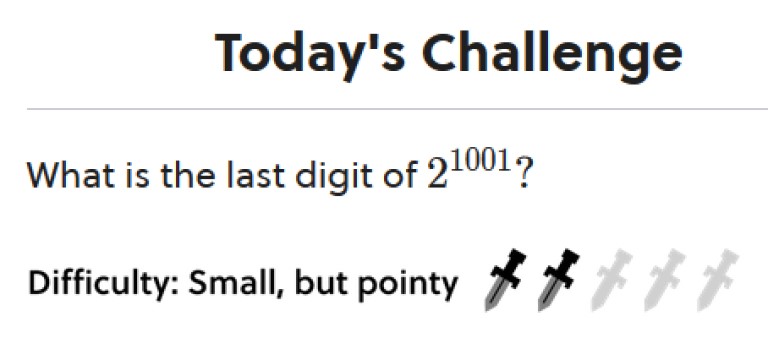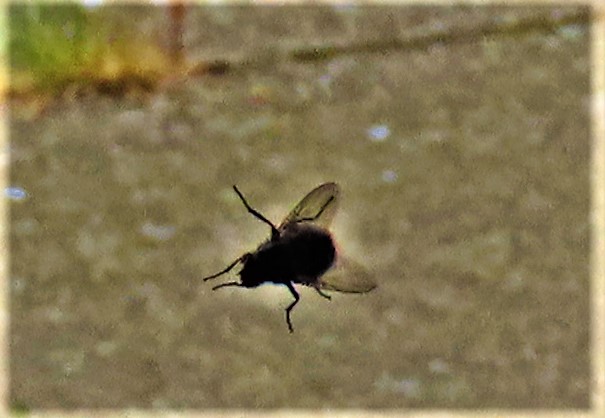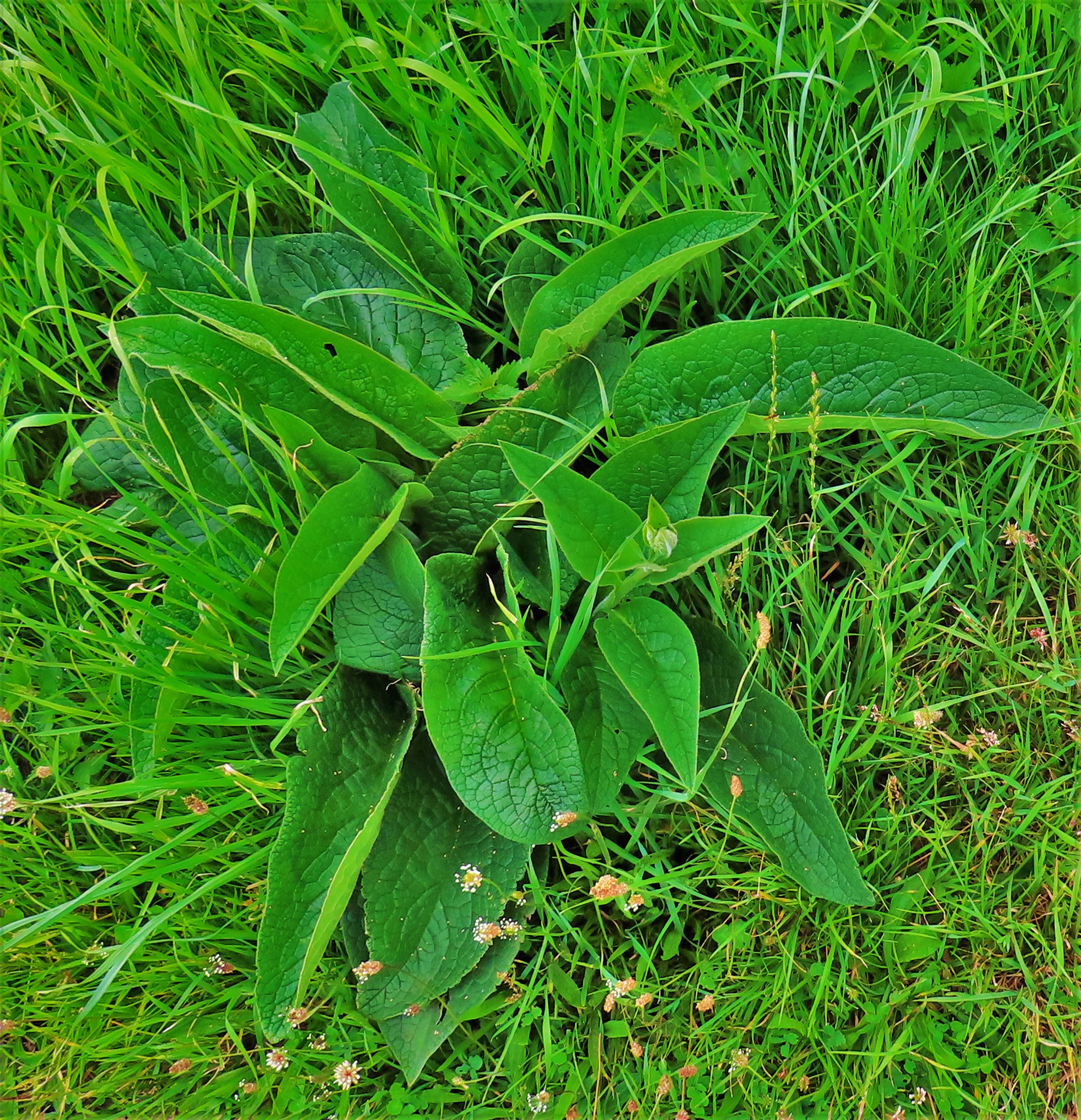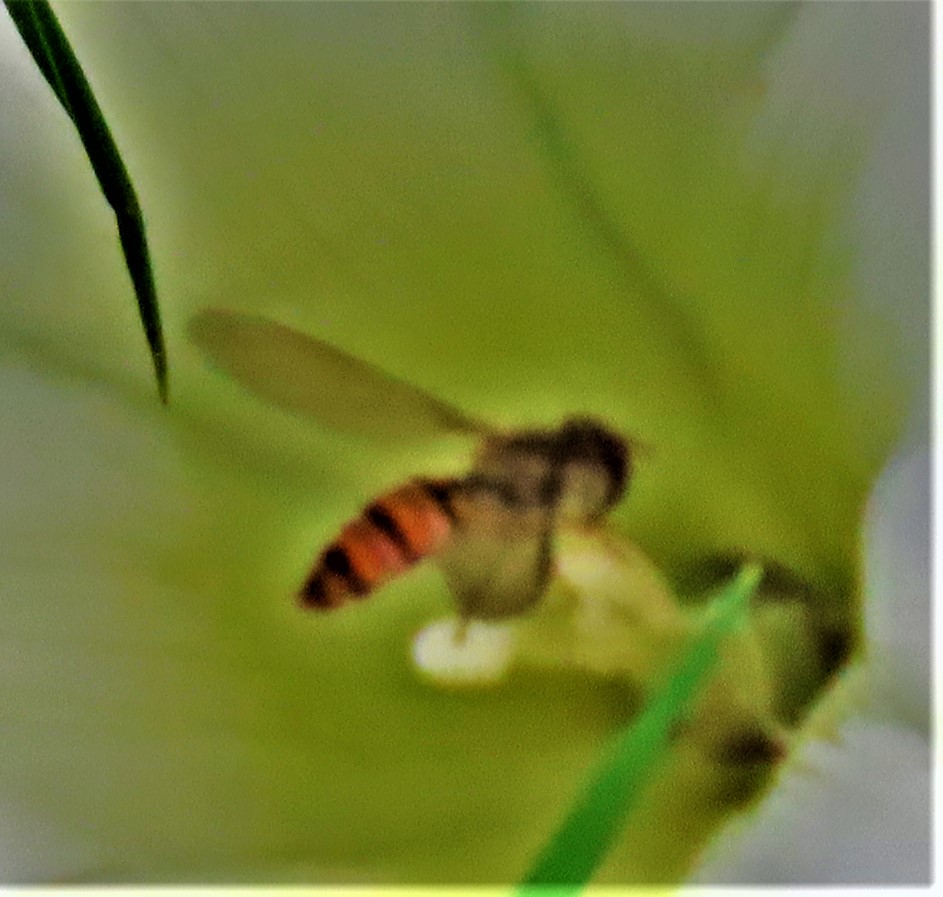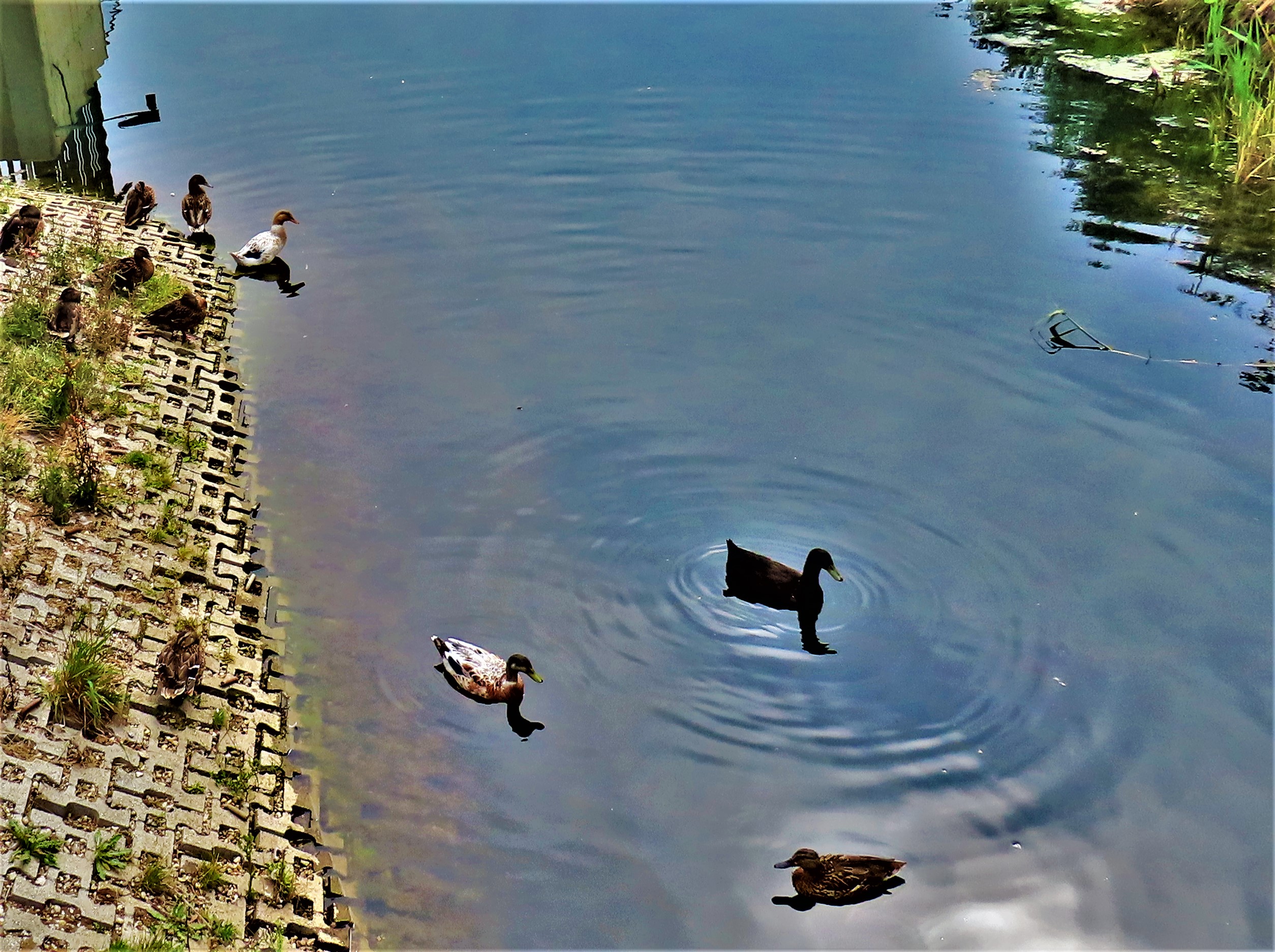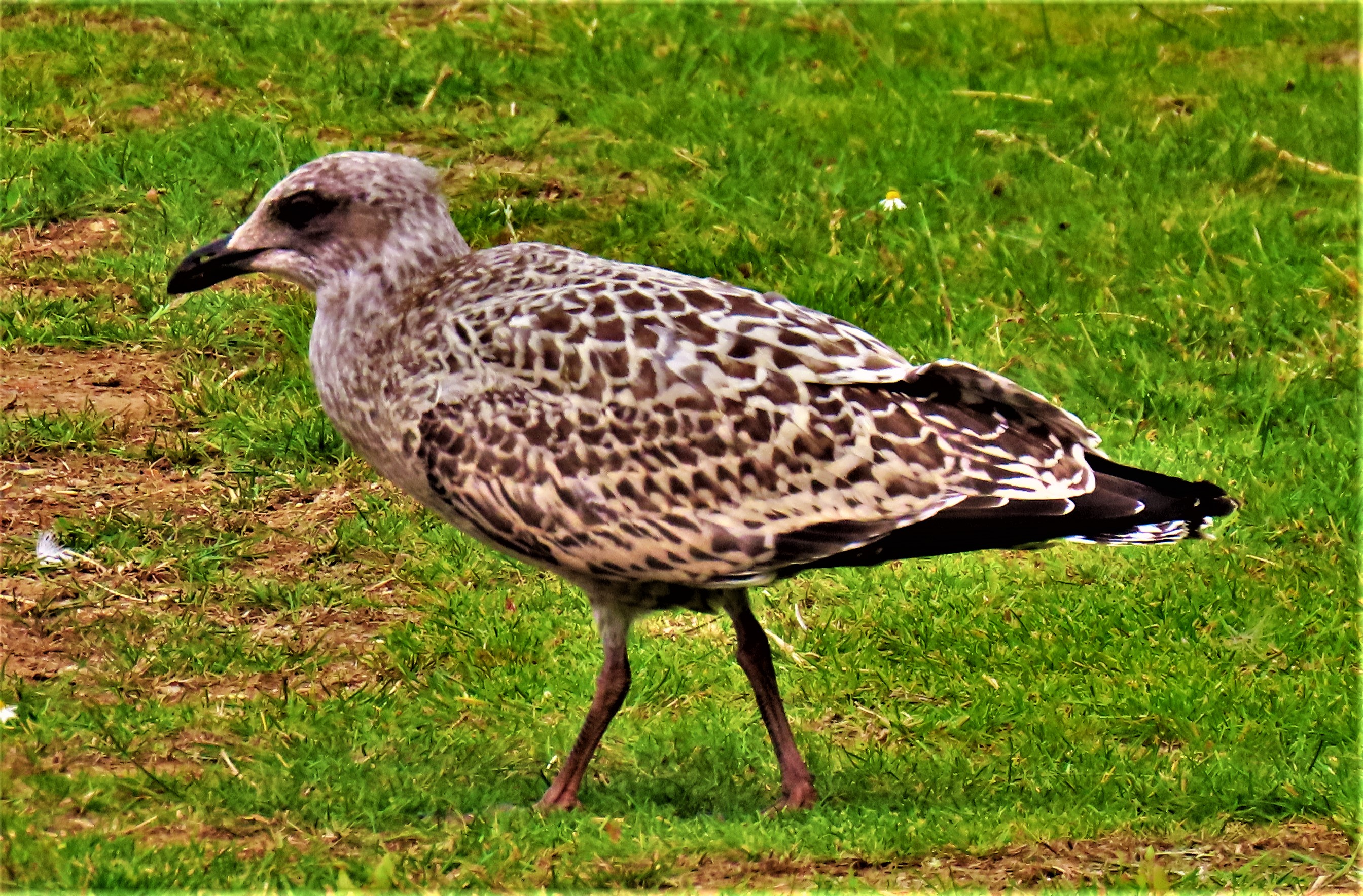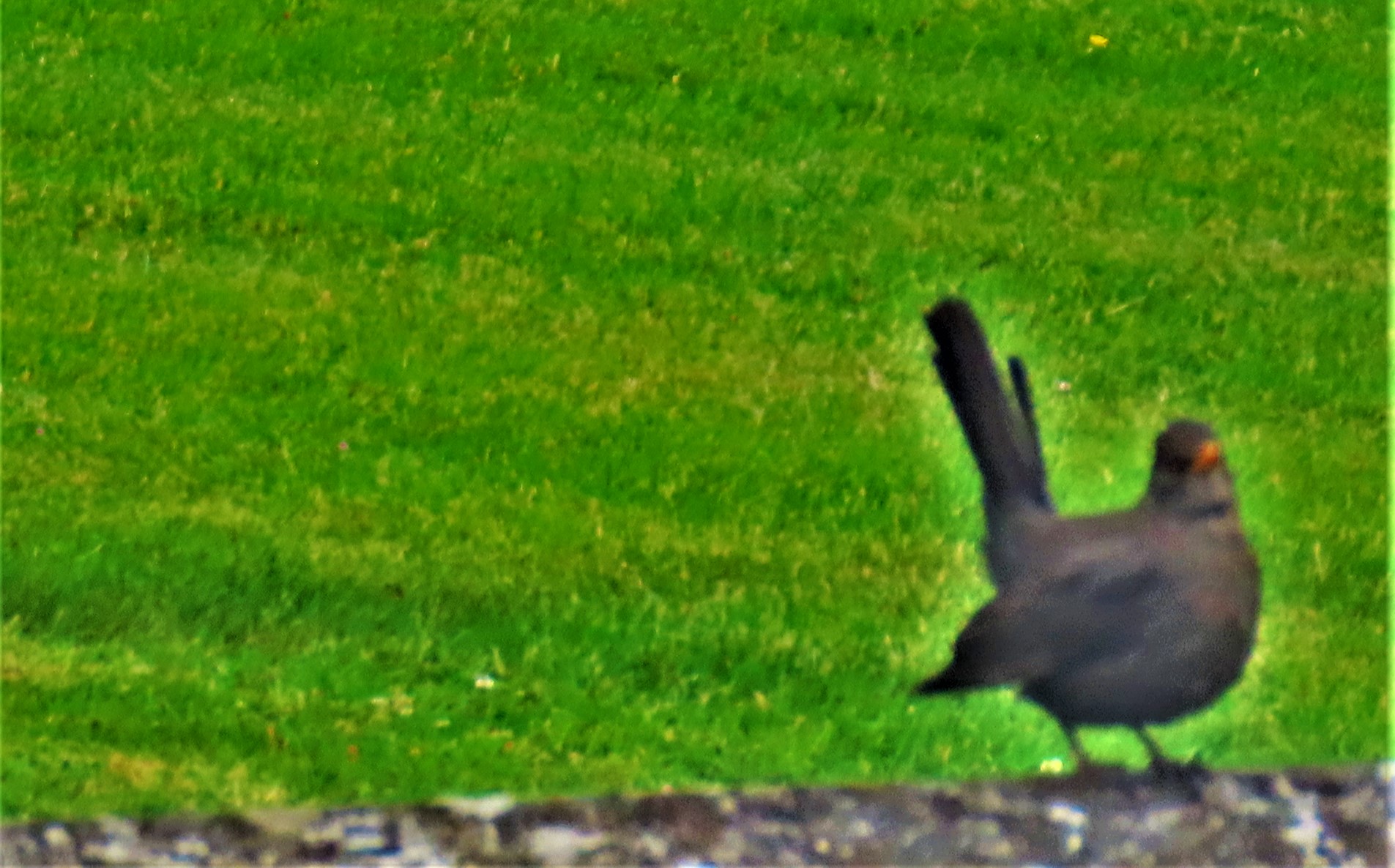The temperature here is back to what would be expected of England in July after two days of serious heat. Peterborough, just over an hour to the west of me by bus was one of various UK places to top 40 degrees yesterday, while the Botanic Gardens in Cambridge, south of me, clocked 39.9. Holbeach and Marham, either side of King’s Lynn and closer still, both also had temperatures between 39 and 40. I am continuing my series of all-time XI posts with a look at the letter C.
THE XI IN BATTING ORDER
- Shivnarine Chanderpaul (Lancashire, West Indies). The Guyanese super stacker was not a regular opener, but with due respect to his achievements this season I could hardly pick Ben Compton, and nor did any other regular openers beginning with C jump out at me. I reckon he can handle the job, and as you will see going down the order I have a stack of quality players who belong in the middle order.
- Colin Cowdrey (Kent, England). Not a full time opener, but he did the job with success during the low scoring 1956 Ashes series. Also, when summoned out as an emergency replacement to the 1974-5 tour as a 42 year old who was short of practice, he stood up to the terrifying pace of Jeff Thomson and Dennis Lillee as well as any top order English batter (only middle order batters Greig and Knott could be said to fare well with the bat in this series).
- *Ian Chappell (Australia). Had an excellent record as a test match number three and was also a shrewd and ruthless skipper, a role I have no hesitation in assigning to him in this XI.
- Denis Compton (Middlesex, England). To maintain an average of 50 over a career of 78 test matches which was disrupted by six years of war and a knee injury one has to be class player. Denis Charles Scott Compton was also a prime entertainer. In addition to the batting he was a fine fielder and bowled presentable left arm wrist spin.
- Greg Chappell (Somerset, Australia). The first Australian to top 7,000 test runs, one of the safest slip catchers in the game’s history and an occasional bowler of both leg spin and medium pace.
- Learie Constantine (Nelson, West Indies). I mention his Lancashire League club, a club he served phenomenally when is his prime because his deeds as a league Pro are an essential part of the package that was Learie Constantine. An attacking batter, a fast bowler (before later turning to medium pace and spin with the odd quicker one interspersed) and one of the greatest of all fielders, he was a true all rounder.
- +Hanson Carter (Australia). The Yorkshire born keeper took over behind the stumps from the long serving Jim Kelly and yielded his spot to the legendary Bert Oldfield. He loses little even by comparison to these legends of the stumper’s art.
- Rakheem Cornwall (West Indies). Off spinner and useful lower order batter. He is on my own admission the most questionable pick in this side, but I have opted for him to give the bowling attack extra balance.
- Patrick Cummins (Australia). Currently the best test match fast bowler in the world, and a better batter than his test average suggests.
- Colin Croft (West Indies). Another fast bowler, similar in height and in bowling with his right arm to Cummins, also has a magnificent record, but the two are utterly dissimilar in other ways. He has the best innings figures in test cricket by a WI fast bowler, 8-29. He was also the second after Gary Gilmour to take a six-for in an ODI (6-15). I have positioned him one place above his usual spot in the batting order because there is an even more undisputed no11 to come…
- Bhagwath Chandrasekhar (India). One of a quartet of spinners to play for India in the 1970s (Bedi and Prasanna were both also indisputably world class, Venkataraghavan less so). He bowled leg spin at a fairly brisk pace, turning the withering of his right arm by childhood polio into a huge plus for himself. Only one bowler not have played county championship cricket took more FC wickets than Chandra, another leg spinner in Clarrie Grimmett.
This side contains a powerful top five (the only conceivable question mark there being whether Chanderpaul could handle the opening gig), a genuine all rounder, a keeper who can bat and varied quartet of bowlers. Cummins, Croft and Constantine are a fine trio of pacers, and leg spinner Chandrasekhar and off spinner Cornwall constitute a decent spin attack. In support if needed are Compton, G Chappell and Chanderpaul in that order of preference.
HONOURABLE MENTIONS
Sir Alastair Cook might have had the slot I gave to Chanderpaul, but my feeling having witnessed both is that the Guyanese was the better cricketer. Cook benefitted from being part of an exceedingly strong line up, something Chanderpaul rarely experienced. Another Cook, Jimmy of South Africa, is the ultimate ‘what might have been?’ – his domestic record was outstanding, but bearing in mind another southern African, Graeme Hick, I have to rule him out.
The best batter I was unable to accommodate was Martin Crowe (Somerset, New Zealand). I had positive reasons for including Compton and the Chappells (including the captaincy in the case of the most vulnerable of the trio to the Crowe challenge, Ian Chappell) rather than negative reasons for leaving Crowe out. Michael ‘Pup’ Clarke had a fine test record, but not quite the equal of anyone I selected. Another Aussie named Clarke, Belinda, might have got an opening slot. Medium pacer and useful lower order batter Tom Cartwright was the challenger to Cornwall for the number eight slot, and if you prefer relying on one front line spinner I accept that. Albert ‘Tibby’ Cotter, an Australian fast bowler who was killed during WWI was on the fringes, as was West Indian Sylvester Clarke. Neither Lance nor Chris Cairns quite merited a place. I end with the reverse of an honourable mention: Zak Crawley is a current England opener, but few have ever been less deserving of the position – his record is an opener puts him down in the ‘Brearley without the captaincy’ class, and even for Kent he barely averages 30 an innings.
PHOTOGRAPHS
































































